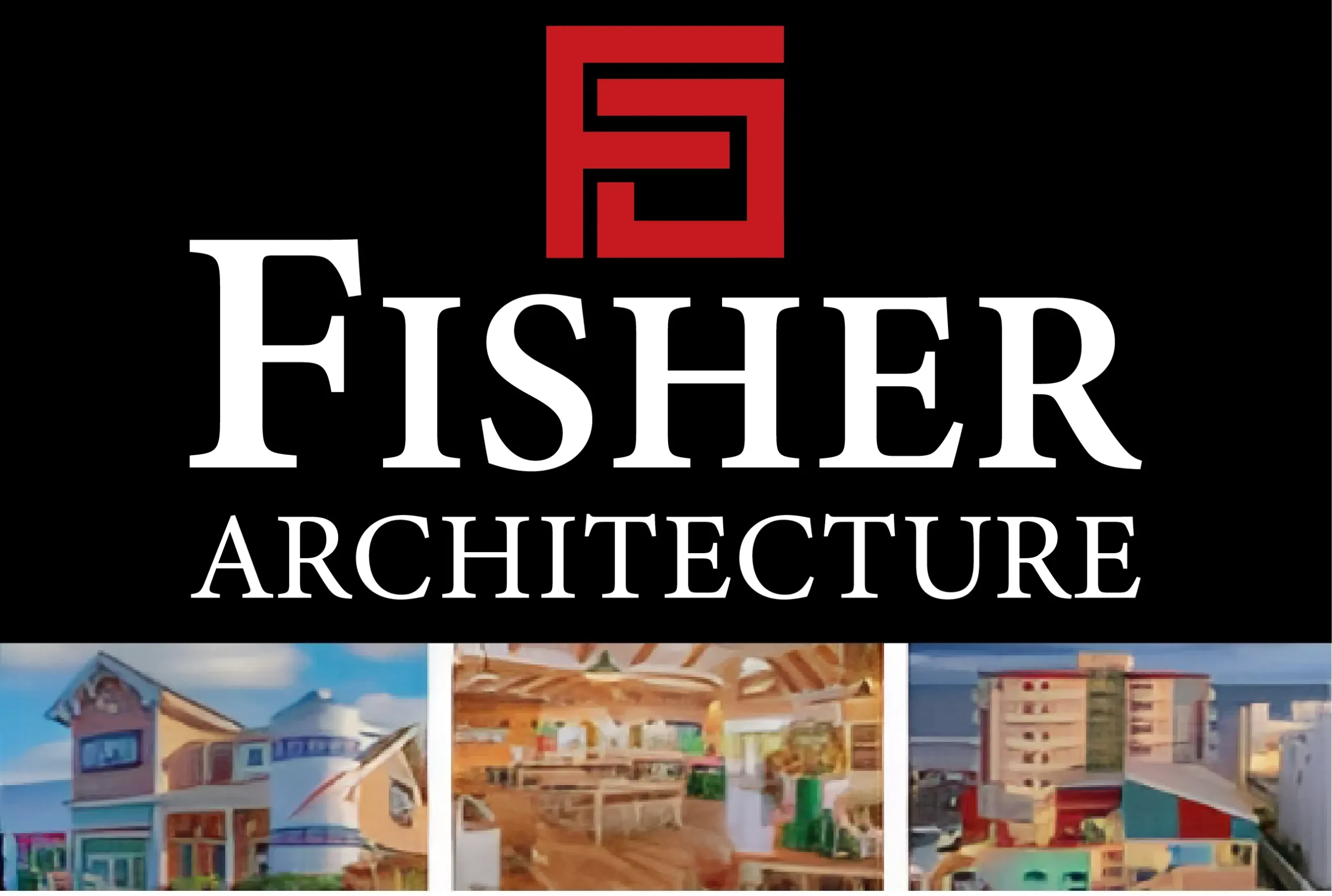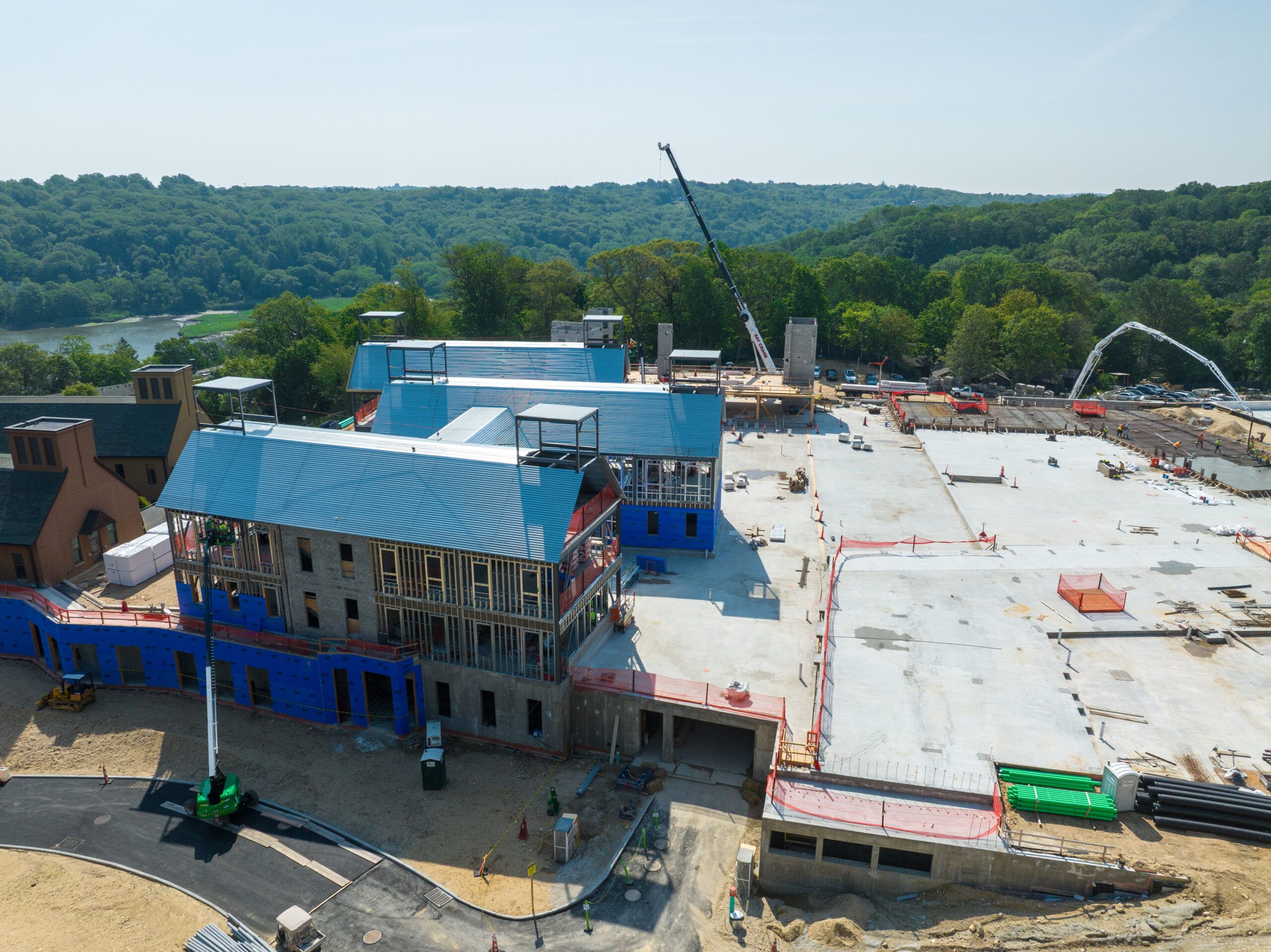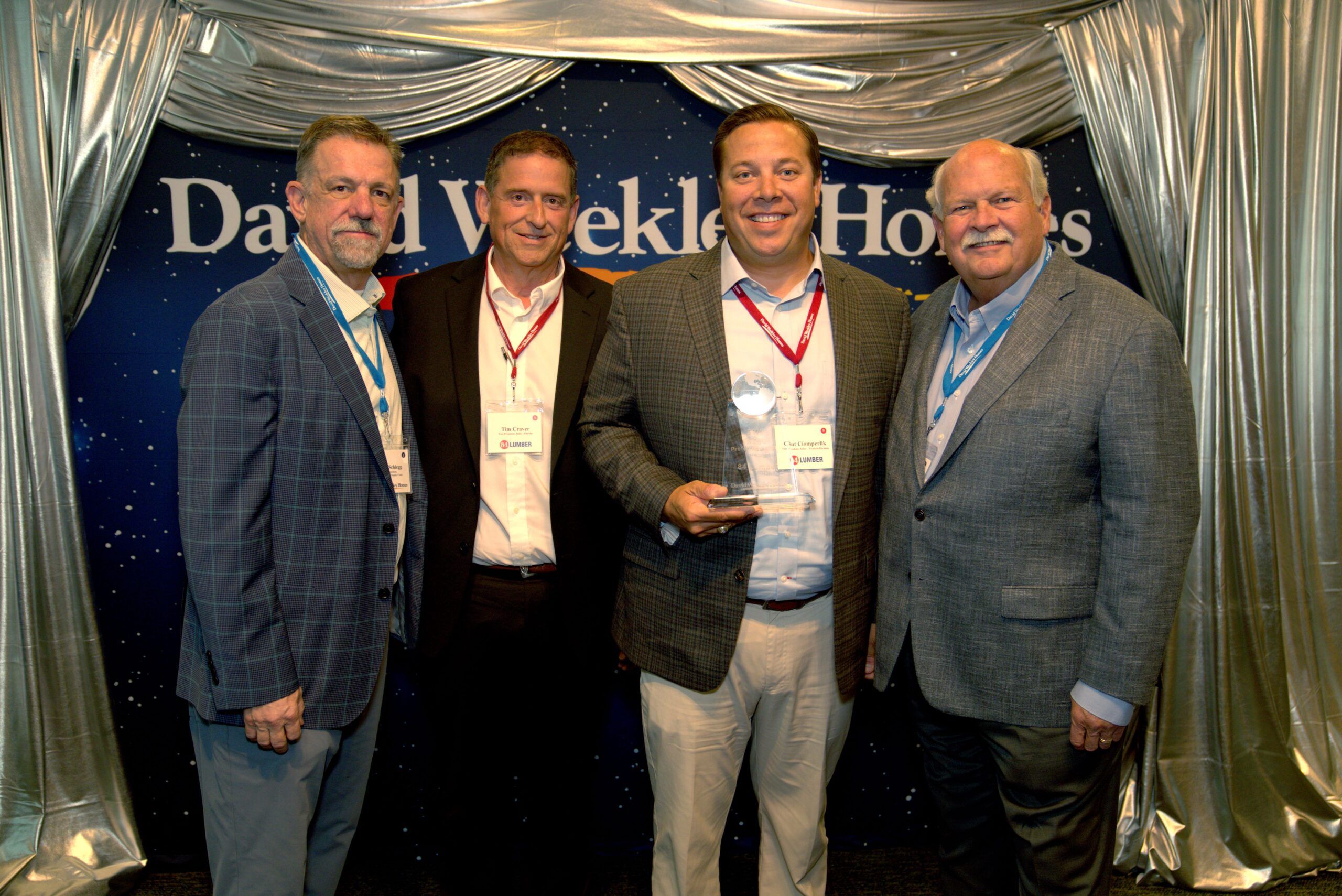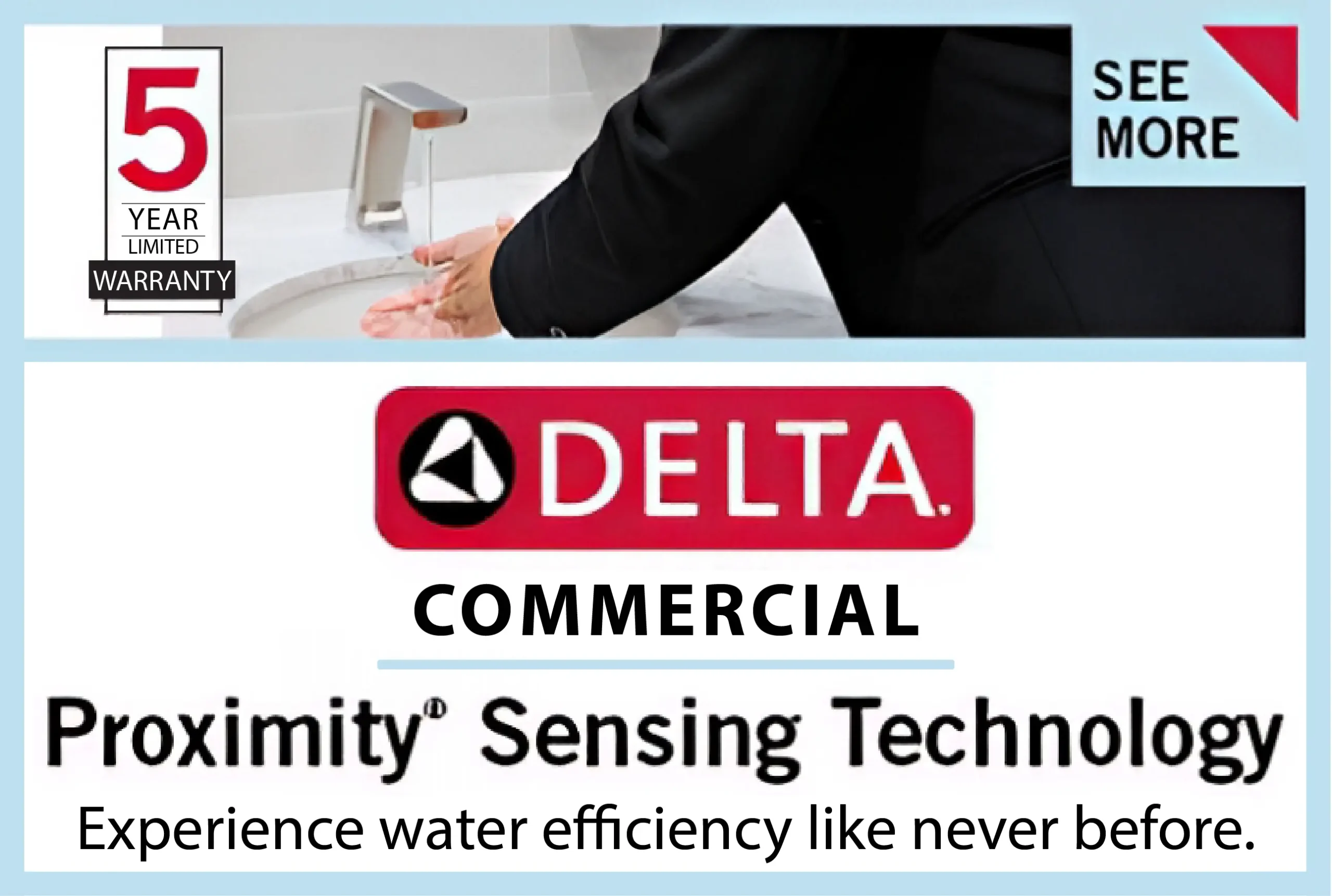Commercial architects and construction managers increasingly specify aluminum casement windows for projects where aesthetics and functionality must seamlessly converge. The growing trend toward thin-framed casement windows in office towers, educational facilities, and hospitality projects reflects the industry’s embrace of minimalist design principles that maximize natural light while maintaining structural integrity. These architectural elements have evolved from purely functional components to defining features that express a building’s design language while delivering exceptional performance characteristics.
The Evolution of Commercial Window Design
The progression of commercial fenestration reflects broader architectural movements throughout construction history. Where once windows were necessarily limited by manufacturing capabilities and structural concerns, today’s high-performance casement windows achieve previously impossible spans with increasingly minimal visual profiles.
This evolution parallels other construction technologies—like the transition from load-bearing masonry to steel-frame construction—where advances in materials and engineering unlock new design possibilities. The contemporary thin-framed casement window represents the culmination of decades of metallurgical research, thermal break innovation, and glazing technology improvements.
The Performance Paradox: Less Frame, More Function
Perhaps the most remarkable aspect of modern thin-framed casements is their ability to deliver enhanced performance while reducing visual mass. Like a world-class athlete who appears deceptively slender yet delivers extraordinary results, these windows achieve structural integrity, weather resistance, and thermal efficiency with surprisingly minimal frames.
Structural Engineering Advances
Modern casement systems withstand impressive wind loads despite their delicate appearance, thanks to:
- Strategic internal reinforcement chambers that provide strength without visible bulk
- High-performance aluminum alloys offering superior strength-to-weight ratios
- Computer-optimized extrusion designs that place material precisely where needed
- Multi-point locking systems that distribute stress evenly throughout the frame
Thermal Performance Innovations
Contemporary thin-framed casements address the historical challenges of metal windows through:
- Thermal break technologies using polyamide strips that create true separation between interior and exterior aluminum surfaces
- Compartmentalized frame designs that interrupt thermal bridging paths
- Warm-edge spacer technologies at glazing edges
- Ability to accommodate triple glazing despite minimal frame dimensions
These advancements allow specifiers to meet stringent energy codes without sacrificing the clean architectural lines that define contemporary commercial design.
Project Application: Strategic Implementation
The successful integration of thin-framed casements into commercial projects requires thoughtful planning throughout the design and construction process:
Early-Stage Considerations
For construction managers and design teams, early-stage planning should address:
- Wind load calculations based on building height, location, and microclimates
- Strategic placement to optimize daylighting while managing solar heat gain
- Coordination with structural systems to properly transfer loads
- Interface detailing with adjacent cladding systems
Like establishing a solid foundation before constructing a building, these preliminary considerations ensure long-term success for the fenestration system.
Budget Optimization Strategies
While premium architectural casements represent significant investment, value engineering approaches can optimize returns:
- Strategic placement of operable units where cross-ventilation benefits are greatest
- Performance specification rather than proprietary specification to encourage competitive bidding
- Standardization of sizes when possible to reduce custom fabrication costs
- Careful analysis of lifecycle costs including maintenance requirements and energy savings
This approach resembles smart inventory management—investing premium resources where they create maximum value while finding efficiencies elsewhere.
Installation Quality Controls
The performance gap between specified and actual performance often occurs during installation. Construction managers should implement:
- Mock-up installations reviewed by design team and manufacturers
- Detailed sequencing to ensure proper integration with air/water barriers
- Qualified installer certification requirements
- Field testing protocols to verify performance before project completion
These quality control measures act as insurance policies against the substantial costs of post-occupancy remediation.
The Future: Emerging Trends and Technologies
The evolution of thin-framed casements continues with several emerging technologies poised to further transform commercial fenestration:
Material Science Developments
Research in materials science promises next-generation improvements:
- Carbon fiber reinforcement allowing even thinner profiles while maintaining structural integrity
- Advanced thermal break materials with lower conductivity and higher structural properties
- Vacuum-insulated glazing enabling extraordinary thermal performance with minimal thickness
- Self-healing finishes that maintain appearance despite environmental exposure
These innovations will further refine the already impressive capabilities of contemporary systems.
Automation Integration
Smart building trends increasingly incorporate automated casement operation:
- Weather-responsive sensors that automatically close windows during inclement conditions
- Natural ventilation algorithms that optimize energy efficiency through controlled operation
- Occupancy-based controls that maintain ideal environmental conditions
- BIM integration for maintenance scheduling and performance monitoring
This merger of traditional window functionality with building intelligence creates systems that actively contribute to building performance rather than serving as passive elements.
Sustainability Advances
Environmental considerations continue driving innovation:
- Cradle-to-cradle design approaches that facilitate end-of-life recycling
- Embodied carbon reduction through material selection and manufacturing processes
- Biomimetic design features that borrow from natural ventilation and shading strategies
- Integration with renewable energy systems through photovoltaic glazing options
These sustainability features address growing owner and occupant expectations for environmentally responsible construction solutions.
Application Case Study: Sector-Specific Benefits
Different commercial sectors leverage thin-framed casements for specific advantages:
Office Developments
Corporate clients increasingly recognize connection to nature as a talent retention strategy:
- Operable casements provide occupant control, addressing a key workplace satisfaction metric
- Minimal frames maximize views, creating premium leasable space with higher rent potential
- Clean architectural lines complement contemporary workplace aesthetics
- Natural ventilation options reduce mechanical system requirements during shoulder seasons
These benefits directly impact both marketability and operational expenses throughout building lifecycles.
Educational Facilities
Research demonstrating the connection between natural light and learning outcomes drives adoption:
- Classroom daylighting through expansive casements improves student performance
- Strategically placed operable units enable natural ventilation, reducing energy costs
- Robust construction withstands institutional use requirements
- Low-maintenance finishes reduce facility management burdens
The investment in quality fenestration pays dividends through improved educational outcomes and reduced operational costs.
Conclusion: The Future Built on Transparency
The continued evolution of thin-framed casement windows represents more than an aesthetic trend—it signifies architecture’s ongoing quest to dissolve barriers between interior and exterior environments. By enabling designs that frame views rather than obstruct them, these seemingly simple components transform occupant experiences.
For construction managers and design professionals, understanding the technical capabilities, implementation considerations, and future trajectories of thin-framed casement systems provides a competitive advantage in delivering projects that meet both current expectations and future requirements. As commercial construction continues its advancement toward more sustainable, occupant-centered buildings, the humble casement window—reinvented through innovative engineering and materials—stands as both literal and figurative gateway to that future.











